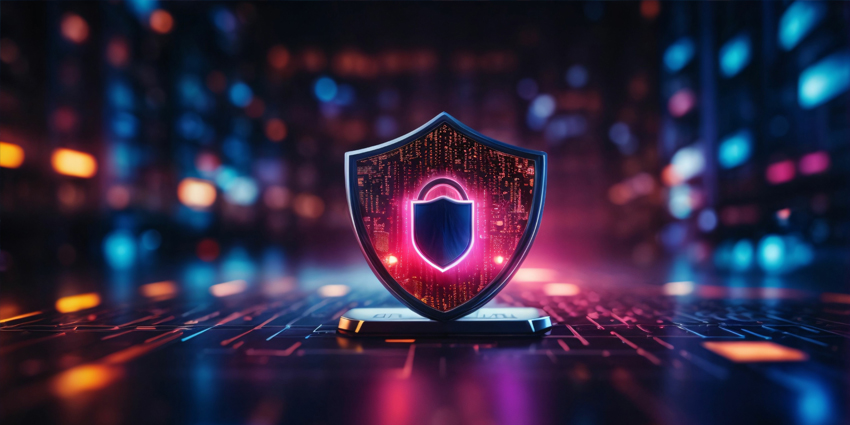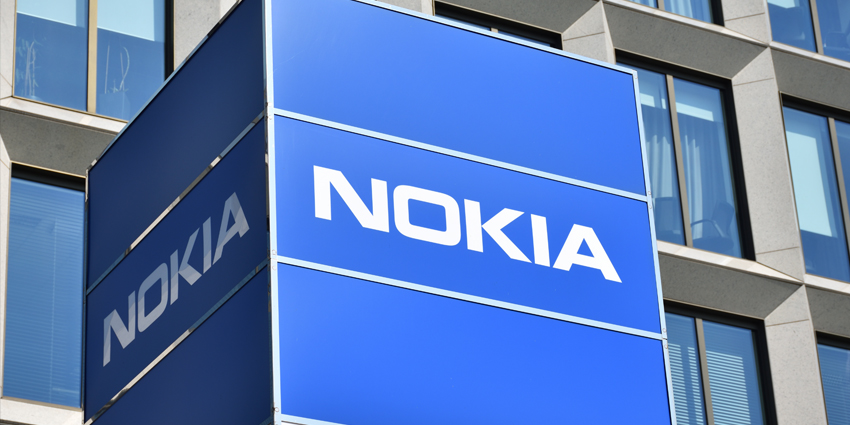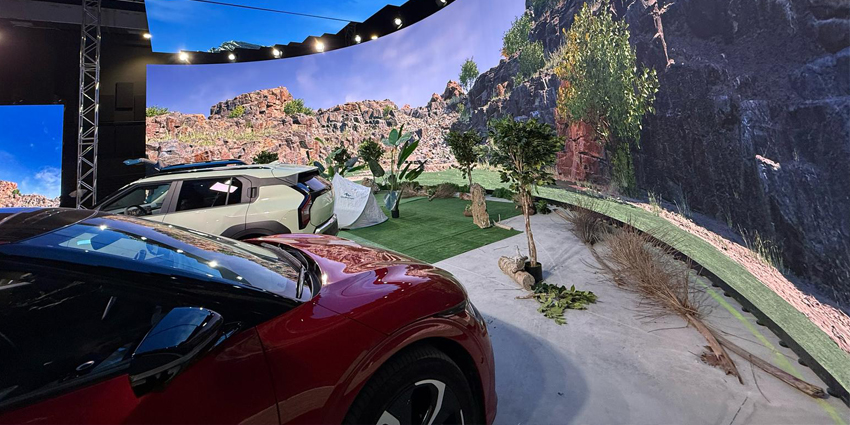Since the COVID-19 pandemic, remote education and communication solutions are rising to solve modern classroom problems; a core technical innovation to help solve this is emerging mixed reality (MR) hardware and software solutions.
MR education tools can provide a safe, repeatable, and engaging space to hone skills efficiently. In the classroom, MR could help students visualise obtuse theories or even offer a more cost-effective route to practice practical scenarios such as surgery.
Moreover, MR solutions provide a safe space to practise disruptive training scenarios in industrial or public service sectors. Additionally, immersive learning services can assist public-facing workers in dealing with customers, clients, patients, and more.
Right now, many MR products in the education space are transforming the way classrooms operate. To help give a better idea of how MR is changing the education landscape, below are four MR service providers currently available working in the education marketplace.
Dynepic
At the core of Dynepic’s innovative portfolio is the “DX-Platform”, an immersive education solution which provides a suite for distributing MR training, creation, and management tools.
With multi-vendor training platforms and tools from Dynepic, educators and businesses of all kinds can create custom MR experiences to improve training ROI.
The immersive education firm is building its client list with increasing use cases. Additionally, Dynepic is gaining capital from various groups to help develop the fledging education content creation suite.
Varjo
Varjo provides innovations in MR learning to a variety of industries. The company has developed an exclusive “Academic Program” for educational institutions hoping to adopt more immersive technologies.
Educators and training teams can create cutting-edge MR experiences using Varjo technology to suit unique training outcomes.
Varjo makes it much simpler for educators to adopt the capabilities of the next generation of MR due to special discounts for the classroom, education, and training end-users.
Currently, the MR headset manufacturer works with clients such as MUJI, Arksen, and National Highways to create training solutions outside the classroom.
HTC VIVE
HTC VIVE is one of the most well-known businesses in the immersive industry due to its MR headset product portfolio. The firm provides businesses and everyday users with high-quality immersive experiences.
With HTC VIVE headsets, educational establishments allow students to leverage virtual experiences to develop new skills safely.
In the modern classroom, HTC VIVE works with various immersive education partners to provide MR solutions that match multiple topics for different levels, such as K-12 to university.
For example, HTC VIVE worked with Nowa Era to build a safe and engaging immersive chemistry learning experience in Polish classrooms.
Meta: Mixed Reality in the Classroom
Meta is a prominent player in the immersive education sector. With its attempt at authority in the immersive space, Meta is building various solutions from consumer to enterprise to secure its place in the Metaverse space race.
From its initial focus on consumer-grade immersive services, notably gaming content for the Meta Quest, the Menlo Park-based firm is also exploring the future of work with its latest MR headset.
With its Meta Quest Pro MR device, the firm is attempting to provide educators and businesses alike with powerful immersive hardware and software to boost productivity.
Meta leverages various immersive technologies like hand and eye-tracking to improve student engagement during an immersive group learning situation on its Horizon application, the firm’s Metaverse platform.
Will Mixed Reality Change Classrooms?
Many mixed reality services for education and training are emerging to suit classrooms and other learning scenarios.
Immersive technology’s potential to change remote learning is exceptionally significant. Thanks to MR-specific technology like passthrough, students can see their real-world notes as they partake in an immersive learning event.
Moreover, practically all educators still rely on video conferencing software to execute their remote learning outcomes, and this won’t change soon.
MR and other immersive solutions may provide an avenue to improve student outcomes as a new tool for teachers ready to move on from conventional remote communication solutions.







